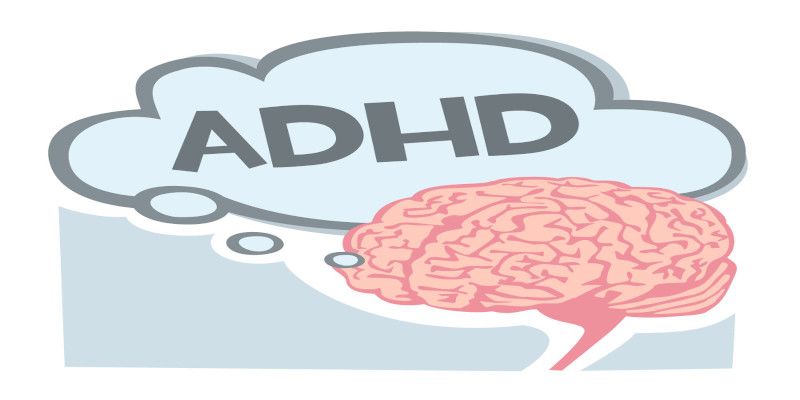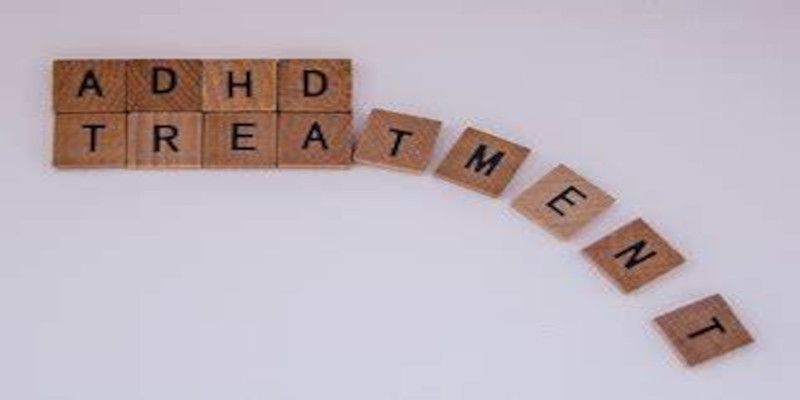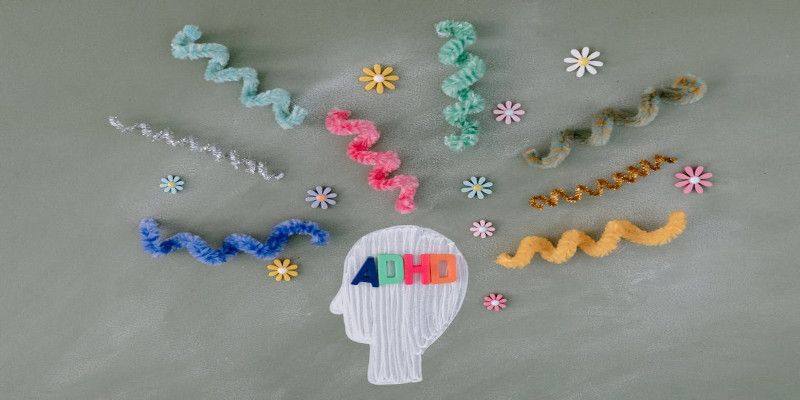Table of Contents
ToggleAttention-Deficit/Hyperactivity Disorder (ADHD) is a common neurodevelopmental disorder often identified during childhood, persisting into adulthood in many cases.
It’s characterized by ongoing patterns of inattention, hyperactivity, and impulsivity. It can significantly affect an individual’s daily life.
Developing a proper understanding of this condition is crucial for providing effective support to those diagnosed with ADHD.
Recognizing ADHD

Recognizing ADHD typically involves a keen observation of the affected individual’s behavior. The manifestations of ADHD are primarily categorized into three types: Predominantly Inattentive Presentation, Predominantly Hyperactive-Impulsive Presentation, and Combined Presentation.
Inattentive individuals frequently face challenges staying organized, remembering details, and focusing on tasks. On the other hand, those with the Hyperactive-Impulsive Presentation are restless and make impulsive decisions. When symptoms of both presentations are equally prominent, the diagnosis typically falls under Combined Presentation.
However, it’s essential to remember that these behaviors can sometimes be part of typical childhood development. ADHD should not be hastily diagnosed based on a few hyperactive or inattentive instances. A thorough evaluation by a healthcare professional is necessary to avoid misdiagnosing normal behavior as ADHD.
Managing ADHD at Home

Home management of ADHD requires patience, understanding, and a structured environment. Consistent routines, positive reinforcement, clear communication, and organized living space can significantly enhance the individual’s ability to function and thrive.
Establishing a regular daily routine helps individuals with ADHD to know what to expect, reducing their anxiety and improving their focus. Similarly, using positive reinforcement strategies like rewards for good behavior can motivate them and build their self-esteem. Clear, concise communication can help minimize confusion, while an organized living space can assist in reducing distractions.
Also, it’s essential to encourage physical activity and ensure a healthy diet, as these factors can significantly impact ADHD symptoms. Equally important is to provide emotional support and an understanding to help them navigate their daily challenges.
Indeed, managing ADHD at home also involves fostering self-esteem and developing skills to manage symptoms. Encourage and celebrate small achievements, which can help to build confidence and a positive self-image. It’s also crucial to teach coping strategies such as deep breathing exercises or mindfulness techniques to help manage feelings of restlessness or impulsivity.
Supporting creative outlets like art, music, or sports can provide a beneficial focus for their energy. Lastly, ensuring a good night’s sleep is vital, as a lack of rest can exacerbate ADHD symptoms. Providing a calm, quiet sleep environment and maintaining consistent sleep routines can significantly help.
Treatments for ADHD

Treatment for ADHD typically involves a combination of medication, psychotherapy, behavioral interventions, and educational support.
Medication, such as stimulants, non-stimulants, and antidepressants, can help manage symptoms effectively. However, their use should be under the careful guidance of a healthcare professional due to potential side effects. A common ADHD treatment is Vyvanse, but it can become very expensive when used over a long period. Luckily, you can find out how to reduce Vyvanse costs with BuzzRx.
Psychotherapy, including cognitive-behavioral therapy, can assist individuals with ADHD in coping with their disorder. It can help them improve their self-esteem, develop better interpersonal skills, and deal with possible associated conditions like depression or anxiety.
Behavioral interventions focus on managing the individual’s environment to promote better behavior. These techniques can be applied both at home and school and involve strategies like time management training, organizational skills training, and parenting skills training.
Educational support is essential, especially for children with ADHD. Teachers and other school staff should be aware of the child’s condition and equipped to provide necessary accommodations and assistance.
Conclusion

Understanding ADHD is the first step towards managing and treating the condition effectively.
Recognizing its symptoms should be done carefully and responsibly, not hastily based on a few instances of inattention or hyperactivity.
Managing the condition at home requires a structured environment and understanding from family members, while treatment typically involves a combination of medication, therapy, behavioral interventions, and educational support.
Being well-informed about ADHD allows us to provide meaningful support to our loved ones affected by this condition, promoting their well-being and helping them lead fulfilling lives.
Author Bio
James is a dedicated writer with a fervor for promoting health and wellness.
His passion is fueled by the belief that everyone deserves to understand the nuances of their well-being. He aims to demystify complex health topics, making them accessible to all and encourages readers to take an active role in their health journey.
Armed with a thirst for knowledge and a commitment to accurate, compassionate writing, James continues to help individuals navigate the intricate world of health, one article at a time.
